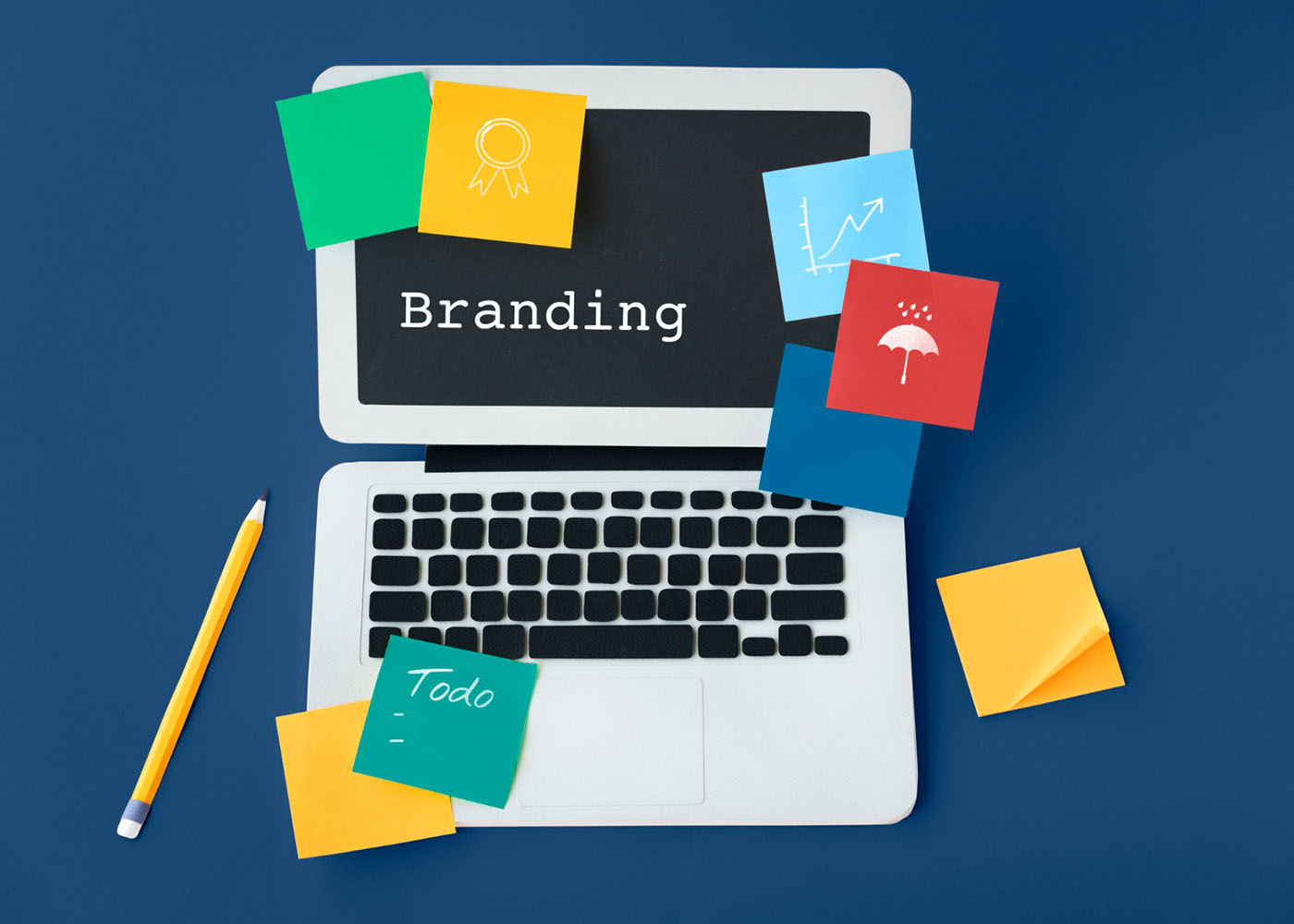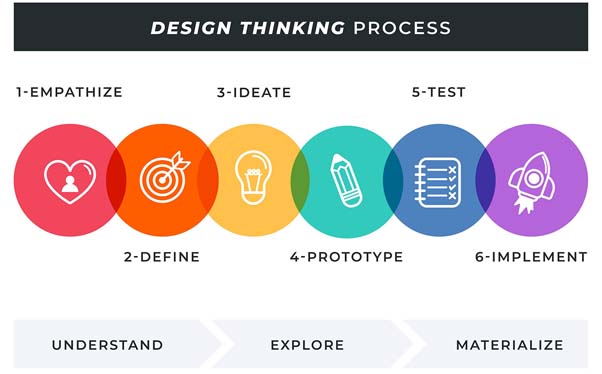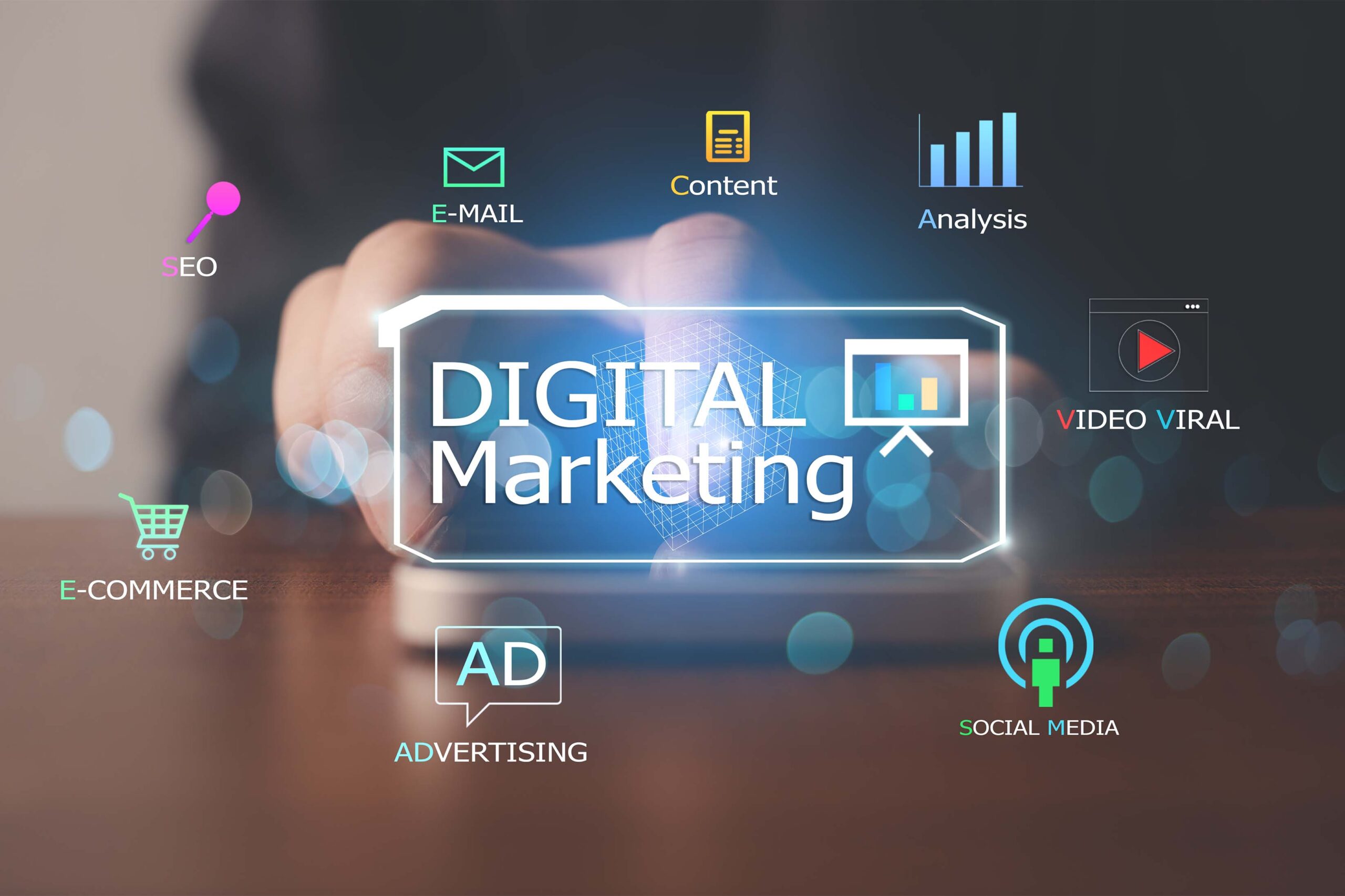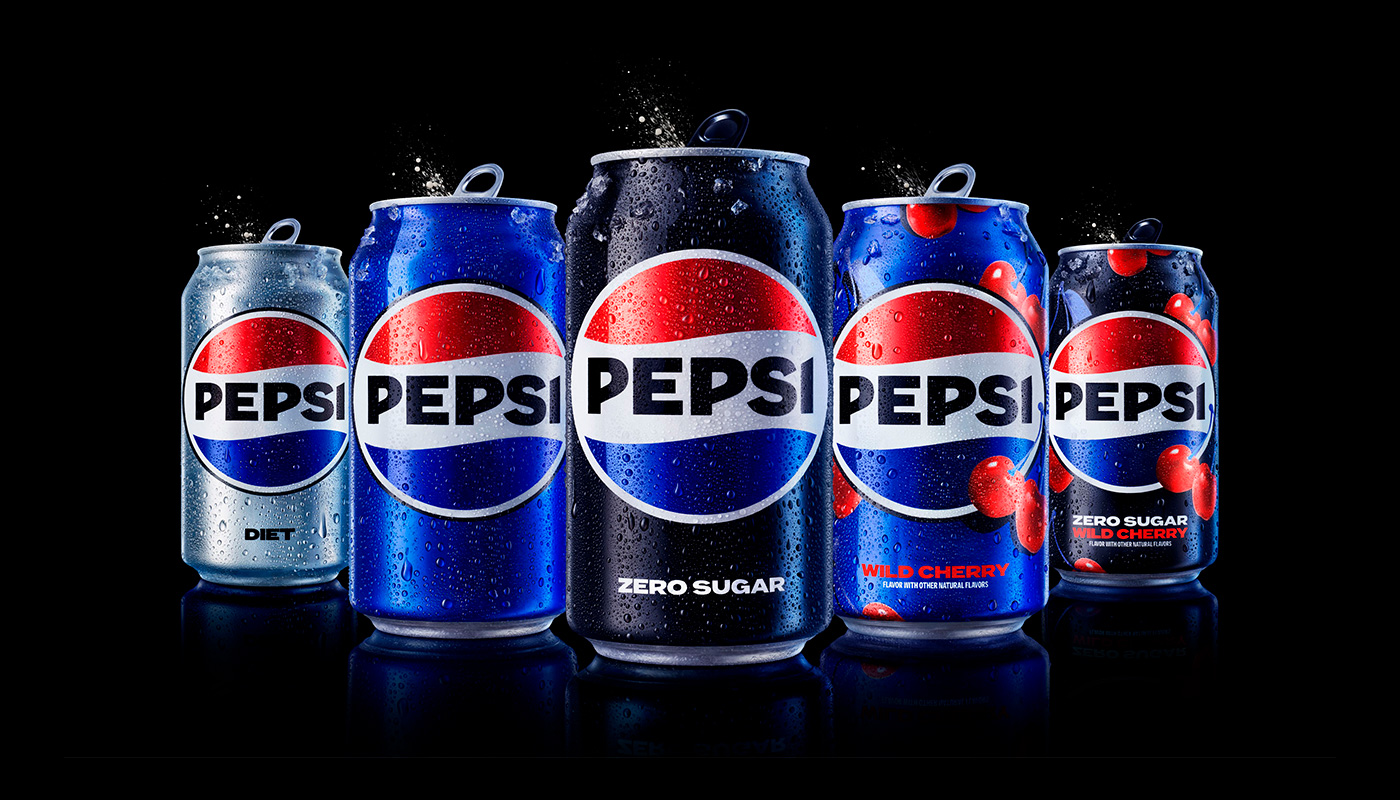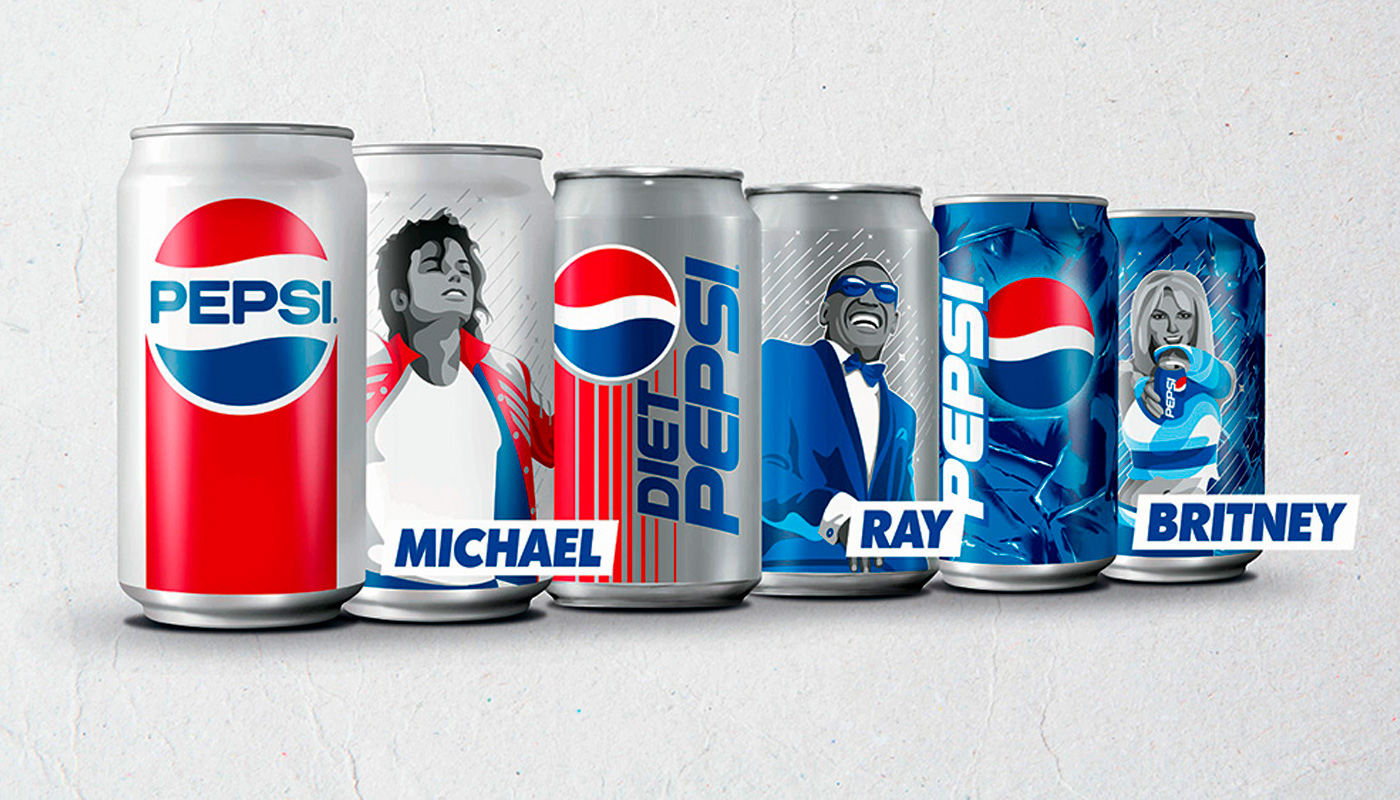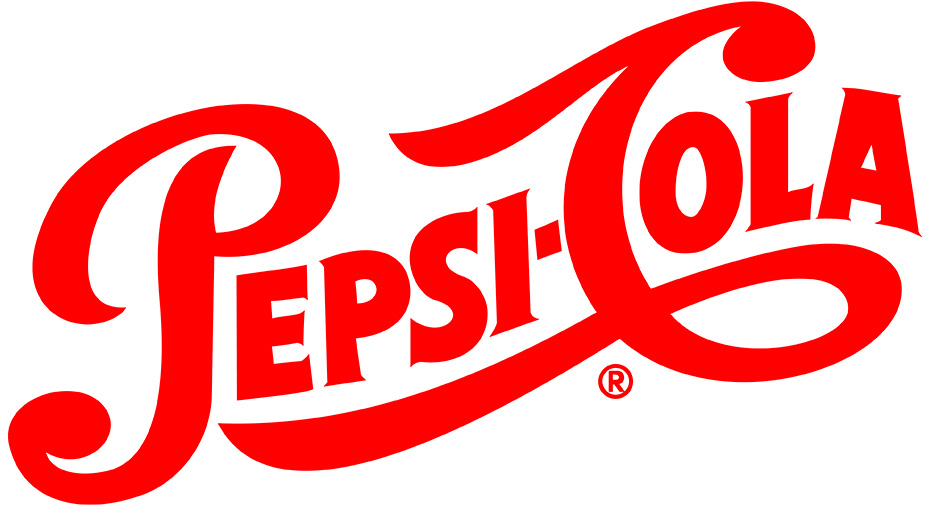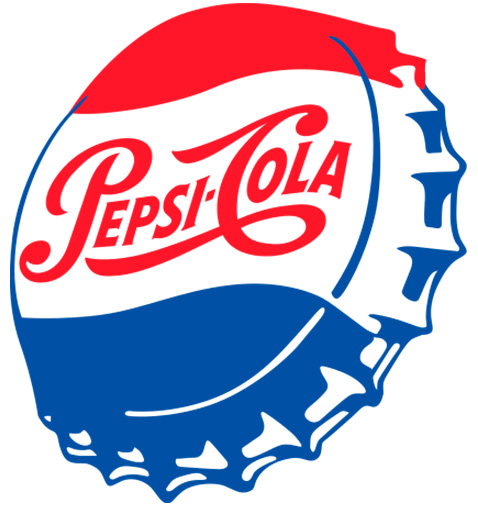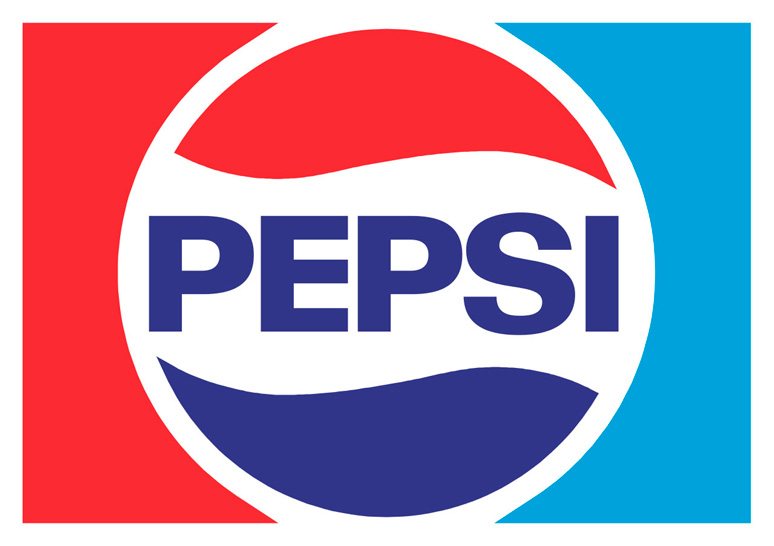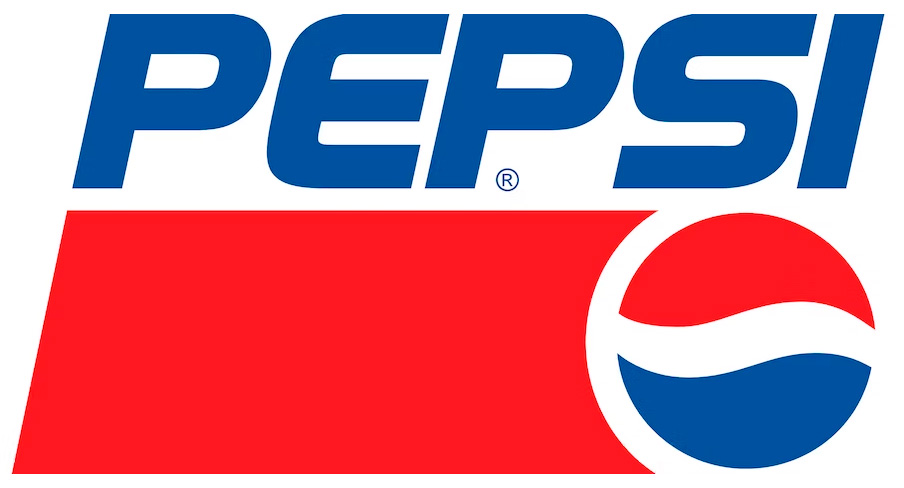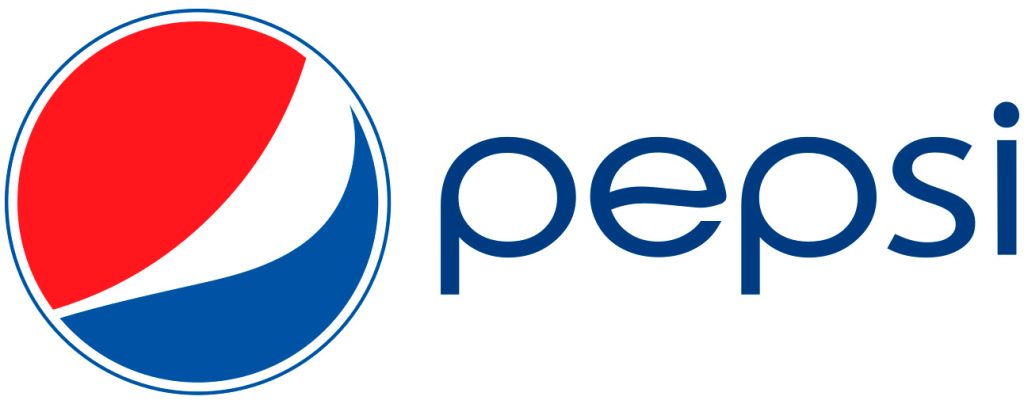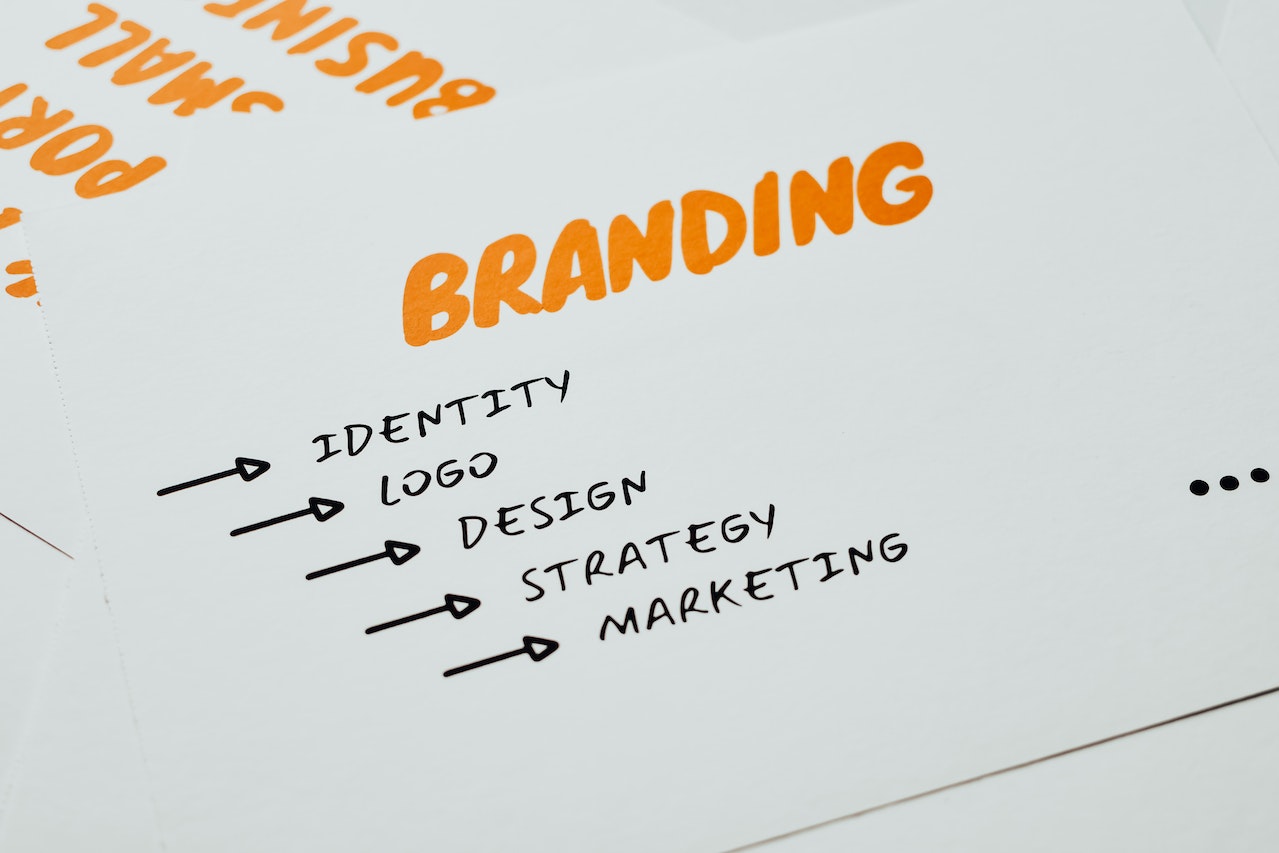We live in an age of brand loyalty, where consumers are looking for that one product or service that stands out from the rest and offers something unique. Whether it’s a luxury automobile, designer fashion, or fine dining experience–consumers now seek these experiences with more discerning eyes than ever before. To meet this demand, products must offer more value than simple convenience; they must provide an unforgettable and exclusive experience that speaks directly to today’s consumer needs. This post will explore some top luxury brands across different industries and their corresponding unique value propositions (UVPs). From Armani and Bentley all the way through Zenith, our journey will span a range of industries from fashion and beauty to travel and real estate. We’ll be looking at how each company distinguishes itself in its particular field with impressive UVPs worth noting!
A is for Armani
Armani, a renowned fashion brand, is known for its sleek and sophisticated Italian designs. The company offers various products, including clothing, accessories, and fragrances. What sets Armani apart is its iconic
logo design, instantly recognizable and an emblem of luxury. The sleek and simple design perfectly captures the essence of the brand’s fashion-forward aesthetic. Armani consistently delivers high-quality products, focusing on craftsmanship and attention to detail.

B is for Bentley
Bentley is an exceptional brand known for producing some of the planet’s most luxurious and awe-inspiring automobiles. The combination of exceptional craftsmanship, cutting-edge technology, and powerful performance has set them apart from others in the industry. When you hear the word “Bentley”, images of sleek lines, soft leather, and impressive engines come to mind. But the logo is equally as impressive as the cars themselves. The iconic “B” emblem logo design is instantly recognizable and represents the brand’s status as a luxury and elite sophistication symbol. So, while many luxury car brands are on the market, none quite compare to the precision and elegance of a Bentley.

C is for Chanel
Chanel is a fashion house that has stood the test of time with its stunning creations. Their trademark logo is known worldwide, as is their iconic Chanel suit and 2.55 handbag. Their timeless and elegant designs have become a significant part of fashion history. The brand has successfully adapted to the changing times while maintaining its essence and aesthetic.
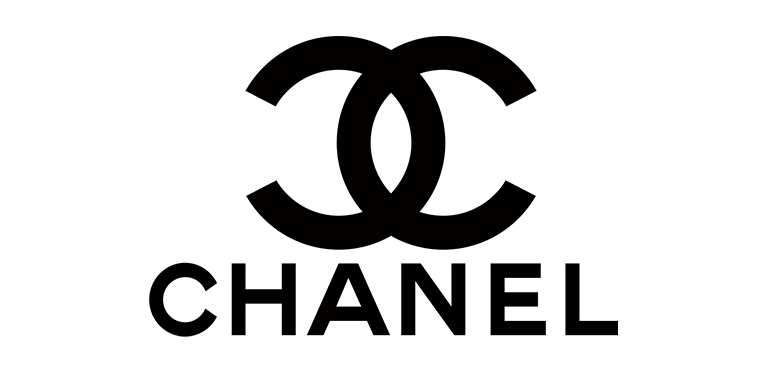
D is for Dior
Dior is more than just a luxury brand. It’s a global symbol of sophistication, elegance, and innovation. With its seamless fusion of haute couture craftsmanship, timeless designs, and innovative beauty products, Dior has made a name for itself in the world of high-end fashion. Its iconic logo design is instantly recognizable, representing a commitment to quality and style that has been unmatched for decades. From its classic dresses to its cutting-edge beauty products, Dior continues to push the boundaries of luxury and creativity.
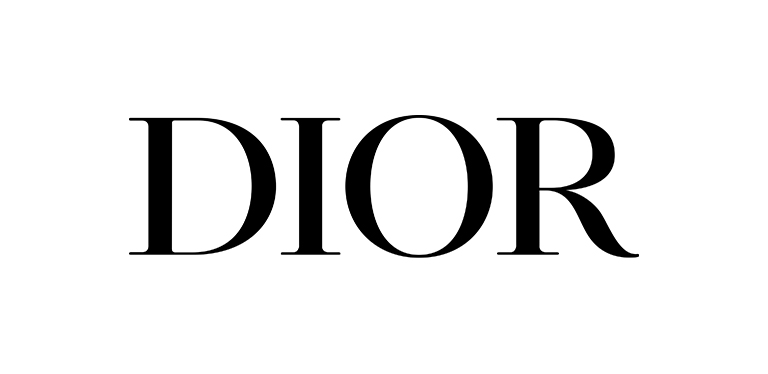
E is for Ermenegildo Zegna
Ermenegildo Zegna is a brand that needs no introduction. It has become synonymous with luxurious men’s clothing and has a reputation for exquisite fabrics. Known for their tailored suits and fine textiles, the Italian brand has carved a name for itself in fashion. Their emblem logo is easily recognizable and sets them apart from their competitors. When you see the Ermenegildo Zegna emblem, you know you’re looking at a premium quality product.

F is for Fendi
Fendi is a brand synonymous with luxury and distinction. The iconic “FF” logo design has become a symbol of high-end fashion, recognized worldwide. They have created some of the most coveted fur creations and leather goods, known for their exquisite craftsmanship and attention to detail. Fendi’s legacy is built on its ability to blend tradition with innovation, constantly pushing the boundaries of fashion. It’s no wonder the brand has remained at the forefront of the industry for over 90 years.

G is for Gucci
Gucci is one of the most distinguishable fashion brands in the world and is extremely known for its distinctive and innovative designs. The brand offers an extensive range of fashion, accessories, and fragrances. When it comes to luxury brands and fashion as a whole, the Gucci logo is instantly recognizable. This Italian brand is a symbol of luxury and high fashion. With its signature interlocking “GG”‘ logo, Gucci has managed to stand out and become a true icon of the fashion world.

H is for Hermès
Hermès, the renowned luxury brand, is synonymous with exquisite craftsmanship and timeless elegance. From handcrafted leather accessories to their iconic Birkin and Kelly bags, Hermès has become a symbol of luxury and sophistication. Fashion mavens have adorned their famous silk scarves for decades, and their logo design is instantly recognizable as a mark of excellence. Hermès represents the pinnacle of craftsmanship and testament to the classic style’s enduring power.

I is for IWC Schaffhausen
IWC Schaffhausen is a celebrated Swiss watchmaker renowned for its precision engineering, exceptional quality, and sophisticated designs. Their logo is a symbol of their commitment to excellence. With luxurious timepieces that are impeccably crafted, IWC Schaffhausen has cemented its reputation as one of the best watchmakers in the world. Their dedication to excellence and passion for perfection have made them a name that is synonymous with exceptional quality and unparalleled craftsmanship.
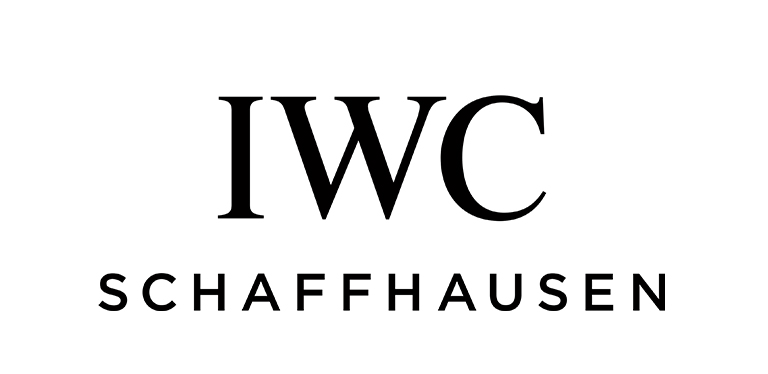
J is for Jimmy Choo
Famed for their sleek stilettos and dazzling embellishments, Jimmy Choo’s coveted footwear and accessories have been worn by celebrities and fashion icons. Perhaps most recognizable is the brand’s logo design, a sleek emblem that has become a symbol of high-end style and sophistication.

K is for Karl Lagerfeld
Karl Lagerfeld is a luxury fashion brand synonymous with sophistication and style. The brand is named after the famed fashion designer who was a true icon in the fashion industry. The brand offers a wide range of clothing, accessories, and fragrances designed with the utmost attention to detail and craftsmanship. The brand’s logo is instantly recognizable and represents the brand’s commitment to quality and elegance.
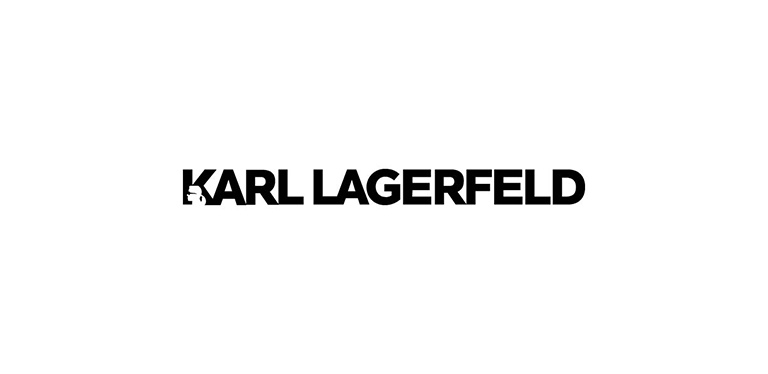
L is for Louis Vuitton
Louis Vuitton is a brand that needs no introduction. The iconic logo and unparalleled craftsmanship of LV products are known worldwide. Everything from LV is a statement of elegance and sophistication, from luxury trunks to handbags and accessories. The brand’s iconic monogram pattern continues to be a symbol of luxury to this day, and its attention to detail and use of high-quality materials sets it apart from the rest.
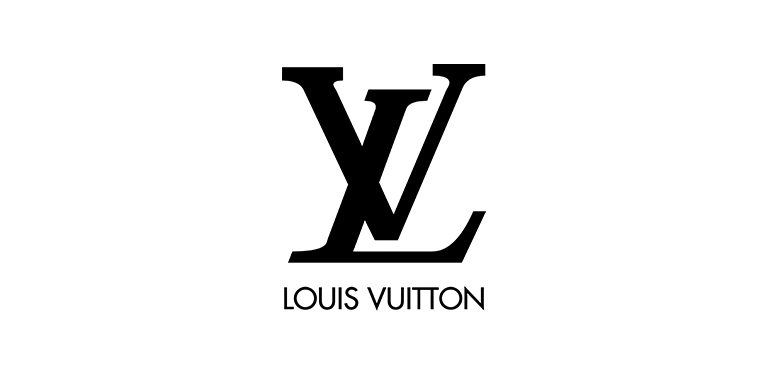
M is for Montblanc
Montblanc is a brand that speaks to those with a refined taste for elegance and sophistication. From its iconic snowcap logo to its sleek and timeless designs, Montblanc offers an array of luxury writing instruments, watches, and leather goods that embody expert craftsmanship and innovation. Whether you’re looking for a high-quality fountain pen or a classic leather briefcase, Montblanc has something to offer anyone seeking style and excellence. Experience the prestige and allure of Montblanc for yourself and indulge in its signature designs that stand the test of time.
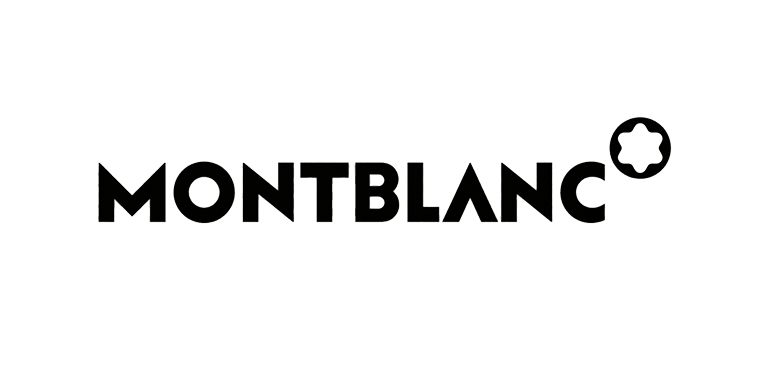
N is for NikeLab
NikeLab is the epitome of innovation and style in athletic wear. Renowned for their collaborations with top designers, they’ve created a following of those dedicated to the excellence of their products. The NikeLab logo represents a standard of excellence in the sports world. With a reputation like theirs, it’s no surprise they draw in athletes and fashion enthusiasts alike. At NikeLab, performance and style are values held in equal measure, ensuring that their products are functional and fashionable.
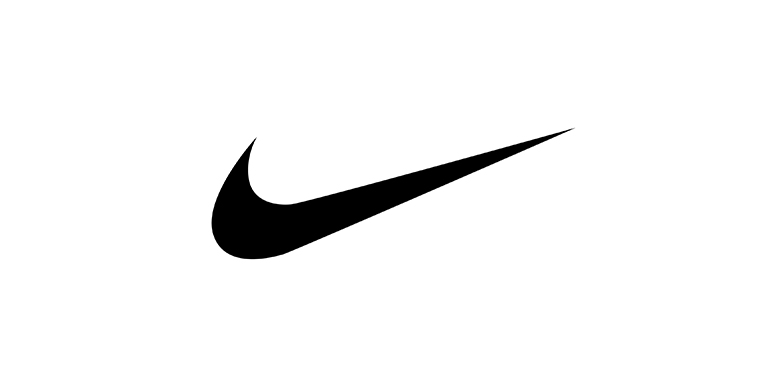
O is for Omega
Omega is a powerhouse in the watchmaking industry, standing out for its unmatched precision and exceptional quality. The
brand’s distinctive logo carries global recognition, associating it with space exploration and the Olympic Games. From NASA’s missions to the Olympic athletes keeping track of their time, Omega has earned a reputation for its reliability and accuracy. With its precise timekeeping and sleek, elegant designs, Omega’s timepieces are an excellent choice for those who value precision and sophistication.
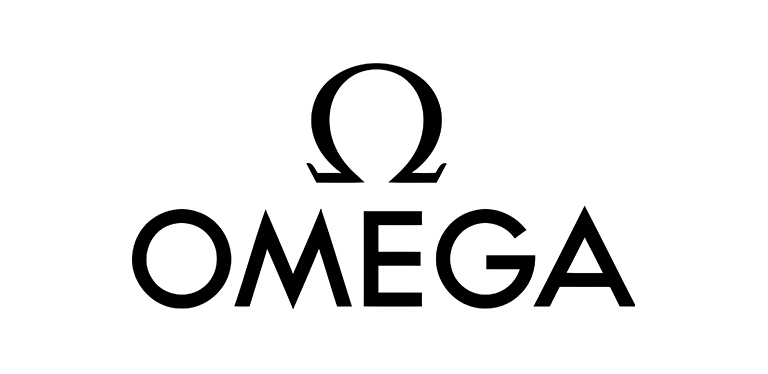
P is for Prada
Regarding fashion, Prada is a name you can’t ignore. Known for their avant-garde style, they use minimalism and clean lines while incorporating luxurious materials to create modern elegance. Prada’s unique logo adds a touch of sophistication to their brand, making their products instantly recognizable. Prada always stands out, whether in clothing, accessories, or perfume. Their attention to detail and innovation has kept them at the forefront of the fashion industry, making them a true powerhouse in luxury fashion.

Q is for Qatar Airways
Qatar Airways is a top-tier airline with a reputation for its luxurious flights and top-notch service. The airline in Qatar offers various domestic and international flights catering to diverse travellers. One identifying feature of the airline is its sleek, recognizable logo that adorns the tails of its planes and can be spotted from a distance. Qatar Airways is a leading player in the aviation industry that prides itself on providing a comfortable travel experience for all passengers.

R is for Ralph Lauren
Ralph Lauren has become a hallmark of the classic American style. With a wide selection of clothing and accessories for men, women, and children, Ralph Lauren has something for everyone. But it’s not just the clothes that make Ralph Lauren iconic – the brand’s signature logo is equally recognizable. Ralph Lauren’s attention to detail and commitment to quality are evident in their sophisticated home furnishings.

S is for Salvatore Ferragamo
Salvatore Ferragamo is a renowned brand that is celebrated for its exquisite Italian-made footwear and leather goods. The brand sets itself apart from the competition, emphasising quality, craftsmanship, and unique designs. One aspect of the brand that has become iconic is its logo, which features the founder’s signature and has become synonymous with elegance and sophistication. Whether you’re looking for a statement piece or a timeless classic, Ferragamo’s selection of shoes and leather items will surely deliver. With a focus on innovation and attention to detail, Ferragamo is a brand that truly embodies the best of Italian design and craftsmanship.
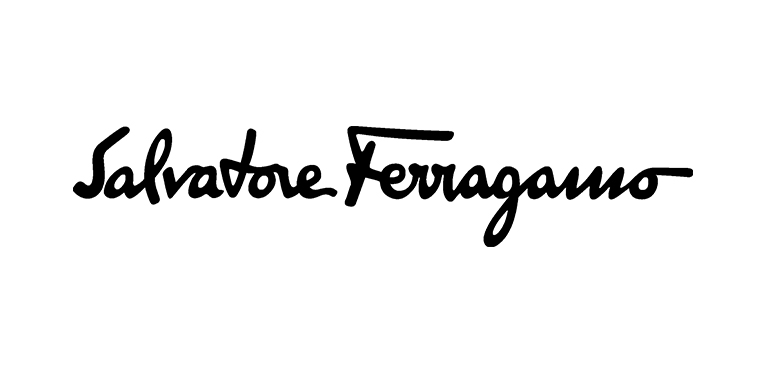
T is for Tiffany & Co.
Tiffany & Co. is known for their stunning diamond engagement rings, luxury accessories, and iconic blue boxes. This jewellery company continues to dominate the market. Their logo, which consists of the company name in bold, elegant letters, is instantly recognizable. You know you’re in for a special treat when you see that famous shade of Robin’s egg blue. Whether you’re looking for a timeless piece of jewellery to cherish for years or want to experience the luxury of Tiffany & Co., you won’t be disappointed.
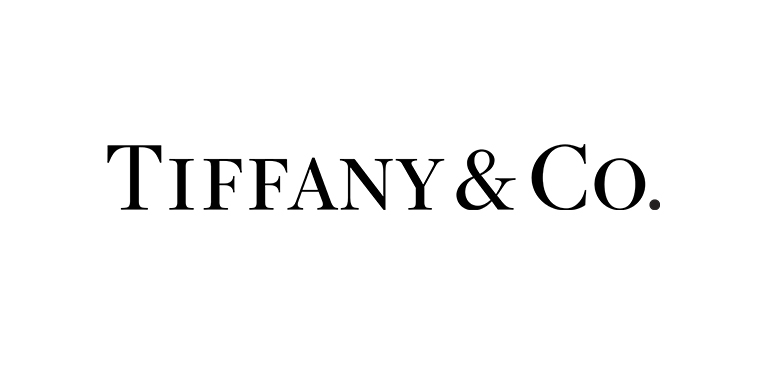
U is for Ulysse Nardin
Regarding Swiss watchmakers, one name stands out: Ulysse Nardin. Known for crafting precise marine chronometers, their attention to detail is unmatched. But it’s not just about accuracy, as their cutting-edge designs and commitment to innovation have also garnered them acclaim. And let’s not forget their distinctive logo design, a symbol of the brand’s excellence that you’ll find on each and every Ulysse Nardin timepiece.

V is for Versace
When it comes to fashion, Versace is a brand that demands attention. Known for its fearless designs and stunning use of print and fabric, Versace has become a household name for anyone seeking luxury and glamour. But what really sets Versace apart is their iconic logo – bold, gold, and unmistakable. From streetwear to red carpet couture, a Versace piece is a statement that refuses to be ignored.
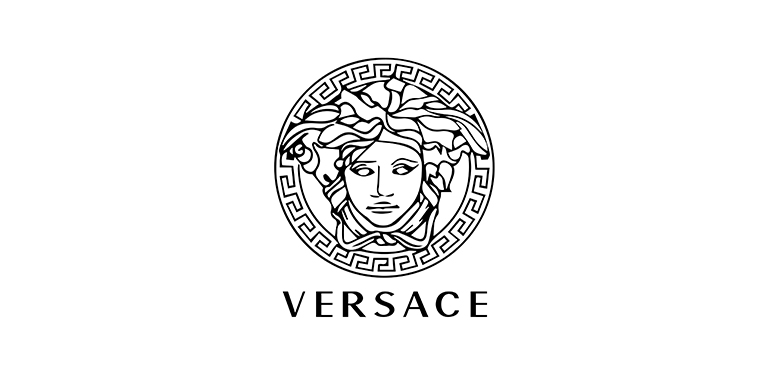
W is for William & Son
William & Son is a quintessentially British luxury brand renowned for its exceptional craftsmanship and heritage. From exquisite jewellery to designer watches and lifestyle products, William & Son epitomizes elegance and refinement with a unique touch of British sophistication. The brand’s logo symbolises its high-end quality and exceptional craftsmanship, instantly recognizable to those in the know. Regarding luxury goods, William & Son is a name that needs no introduction.
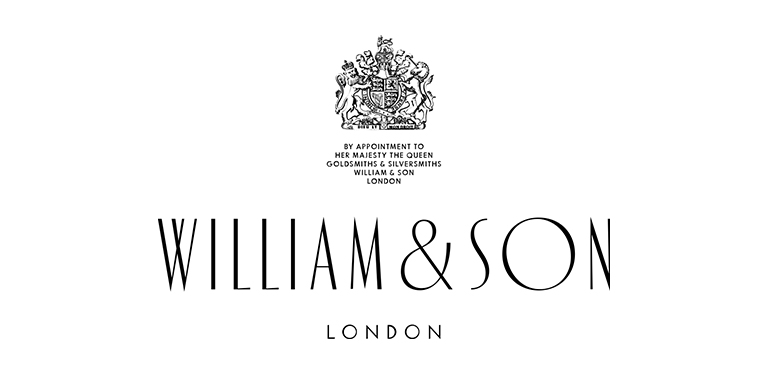
Y is for Yeezy
Yeezy results from Kanye West’s unique vision and influence on fashion. The brand has become a pivotal player in the fusion of streetwear and high-end fashion, pushing boundaries and setting trends. At the heart of Yeezy’s success is its innovative designs and logo, which have become synonymous with its iconic style. With each new collection, Yeezy continues to redefine the fashion landscape and cement its place as a groundbreaking force in the industry.

Z is for Zenith
Zenith is known for their precise timekeeping and horological innovation. Zenith watches have been crafted with meticulous attention to detail since 1865. Their rich heritage and commitment to excellence are evident in every timepiece they create. With their iconic logo, a five-pointed star, Zenith watches are instantly recognizable as a symbol of luxury and sophistication.

Conclusion
Each of these logos represented some of the world’s most iconic and recognizable fashion and luxury brands, from timeless classics like Louis Vuitton to modern upstarts like Yeezy. Regardless of your choice, all brands have succeeded through thoughtful,
purposeful logo design and vibrant marketing strategies. These logos can inspire anyone wishing to build their brand’s identity – with consistent quality design and strong messaging over time.



